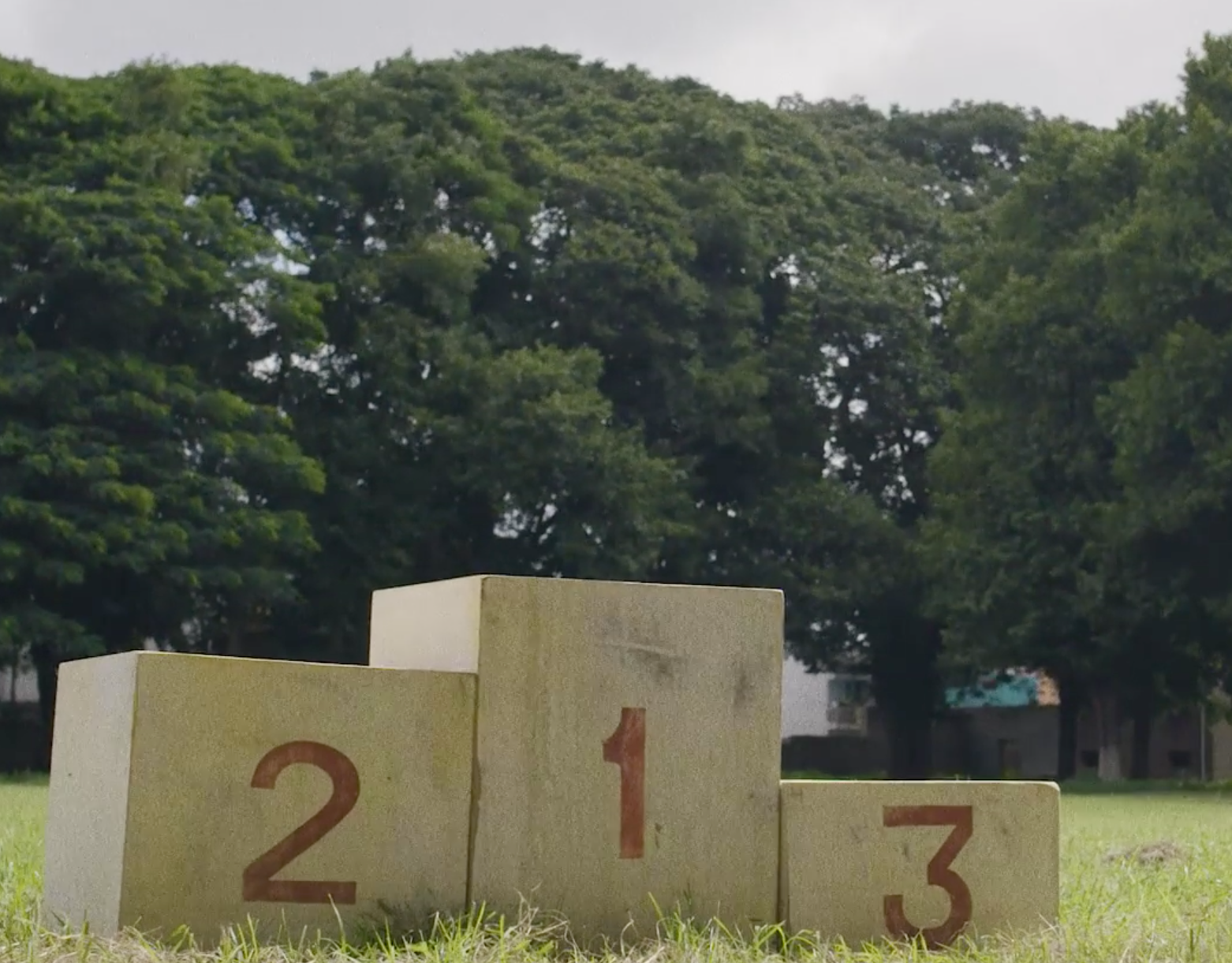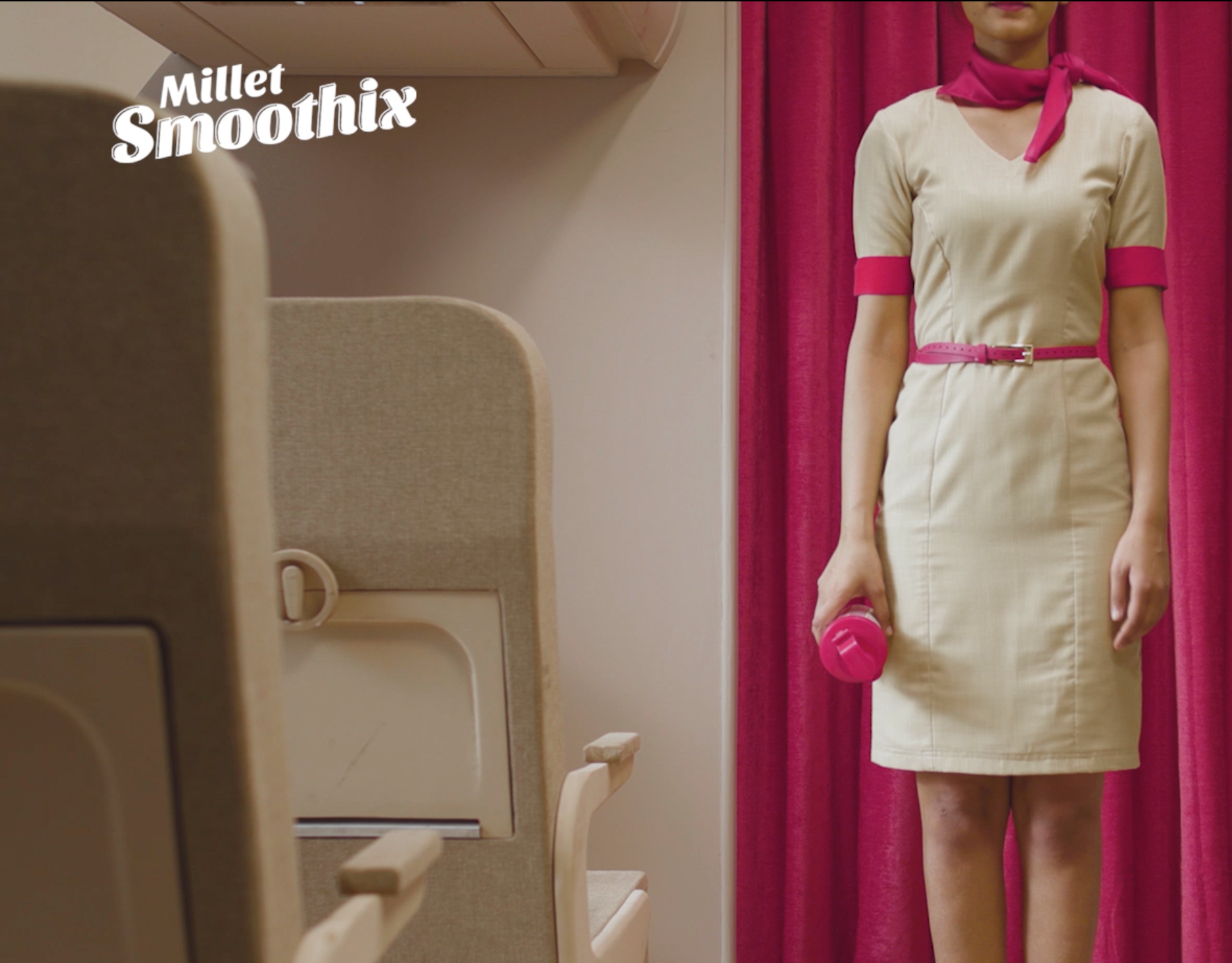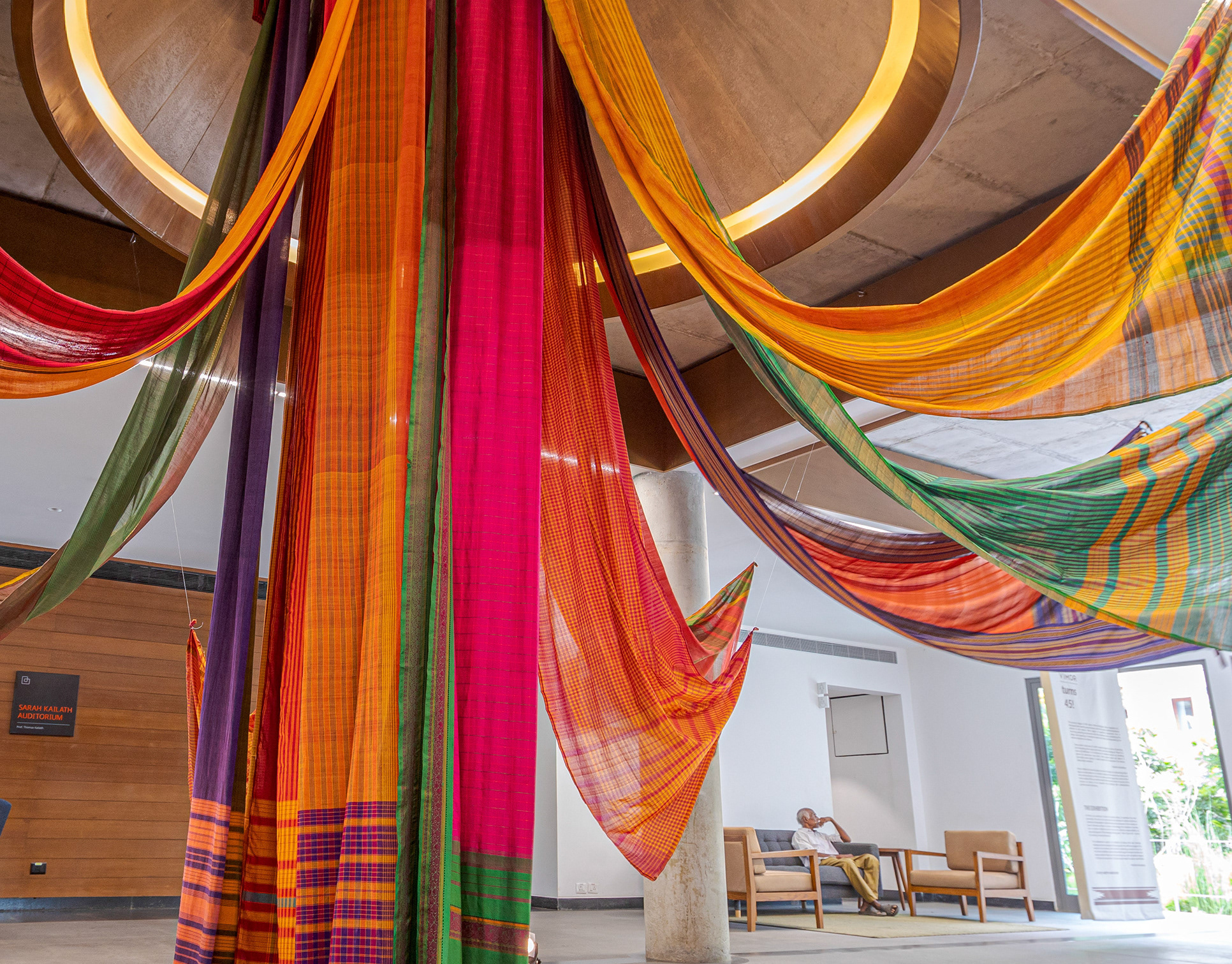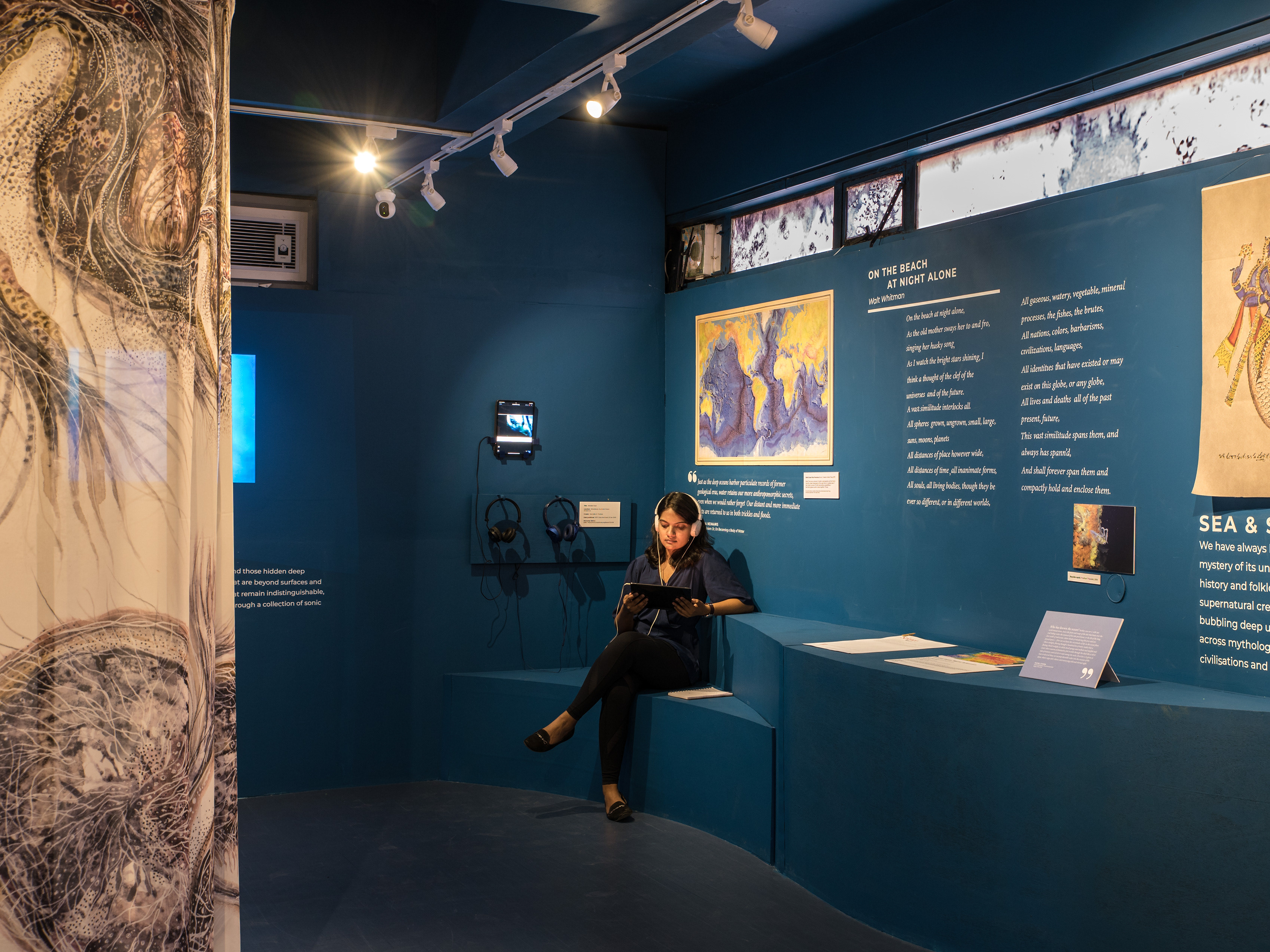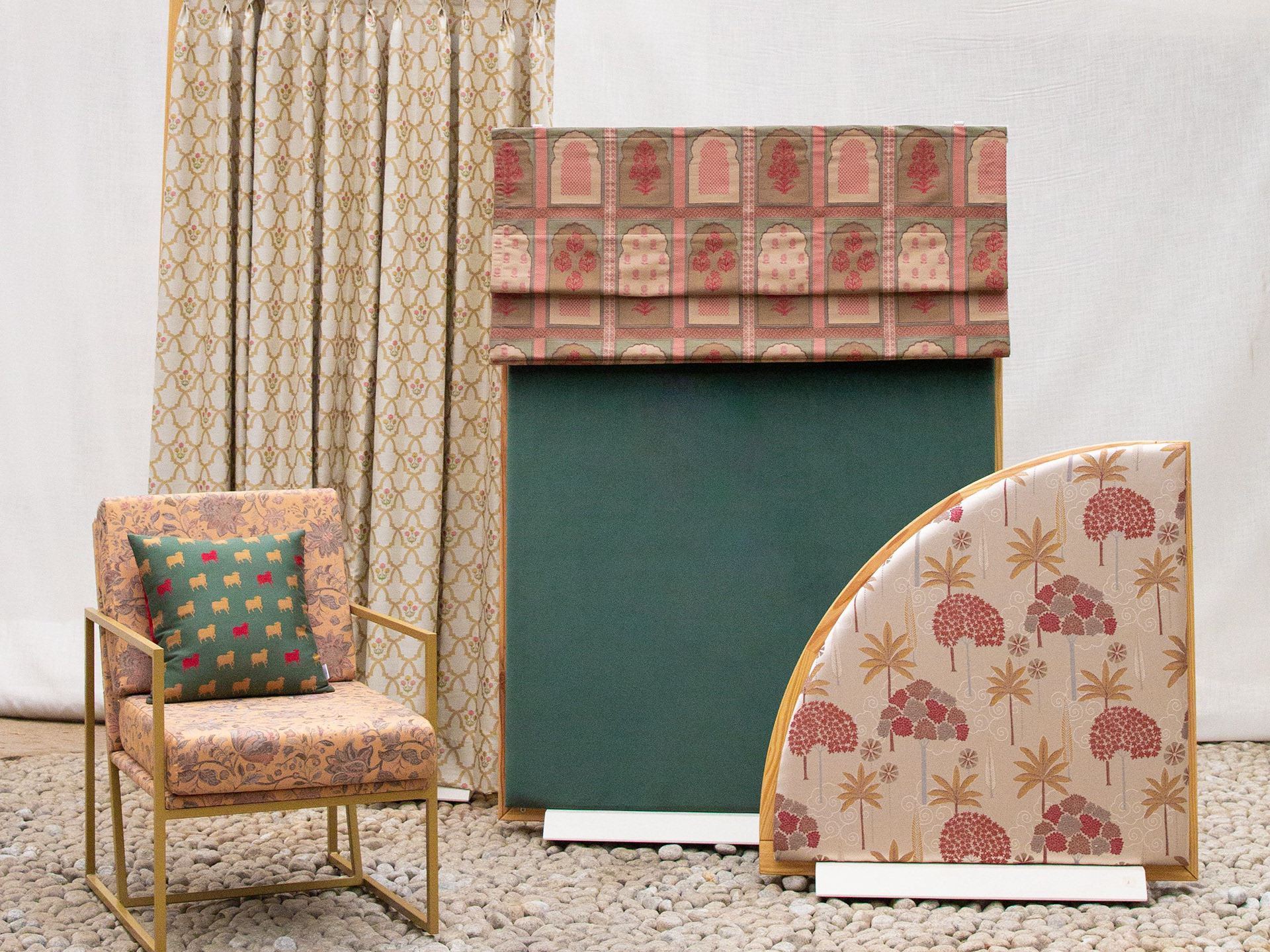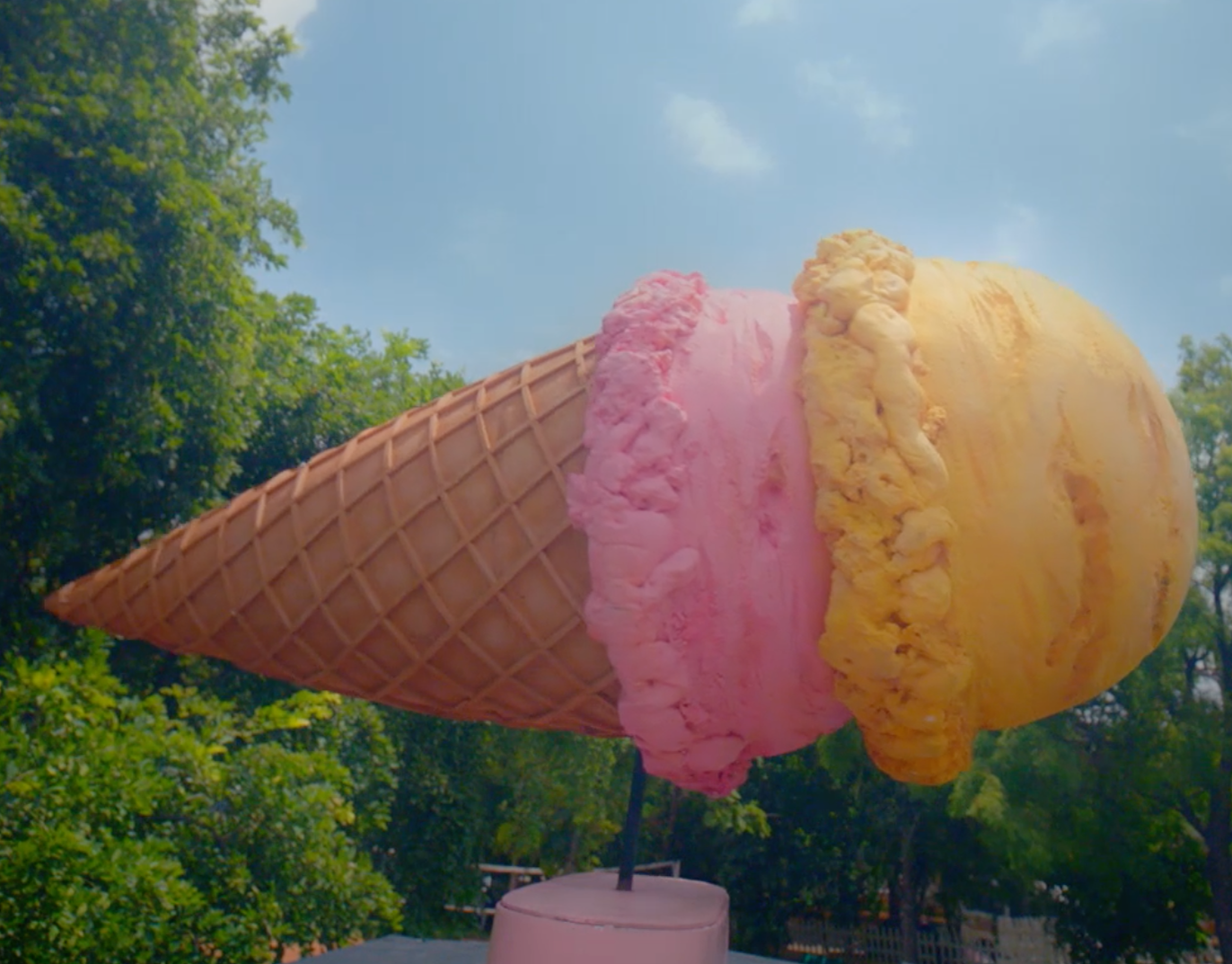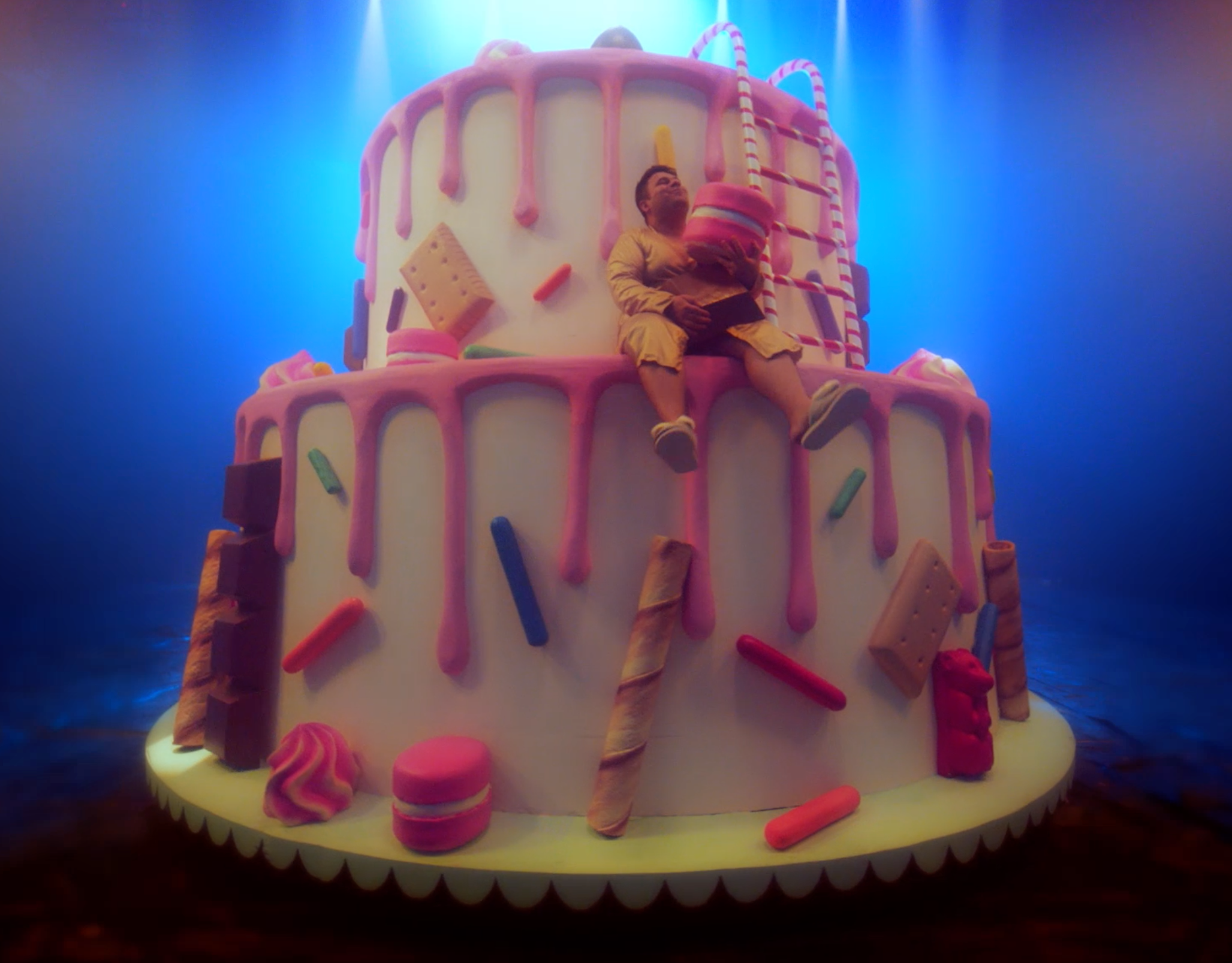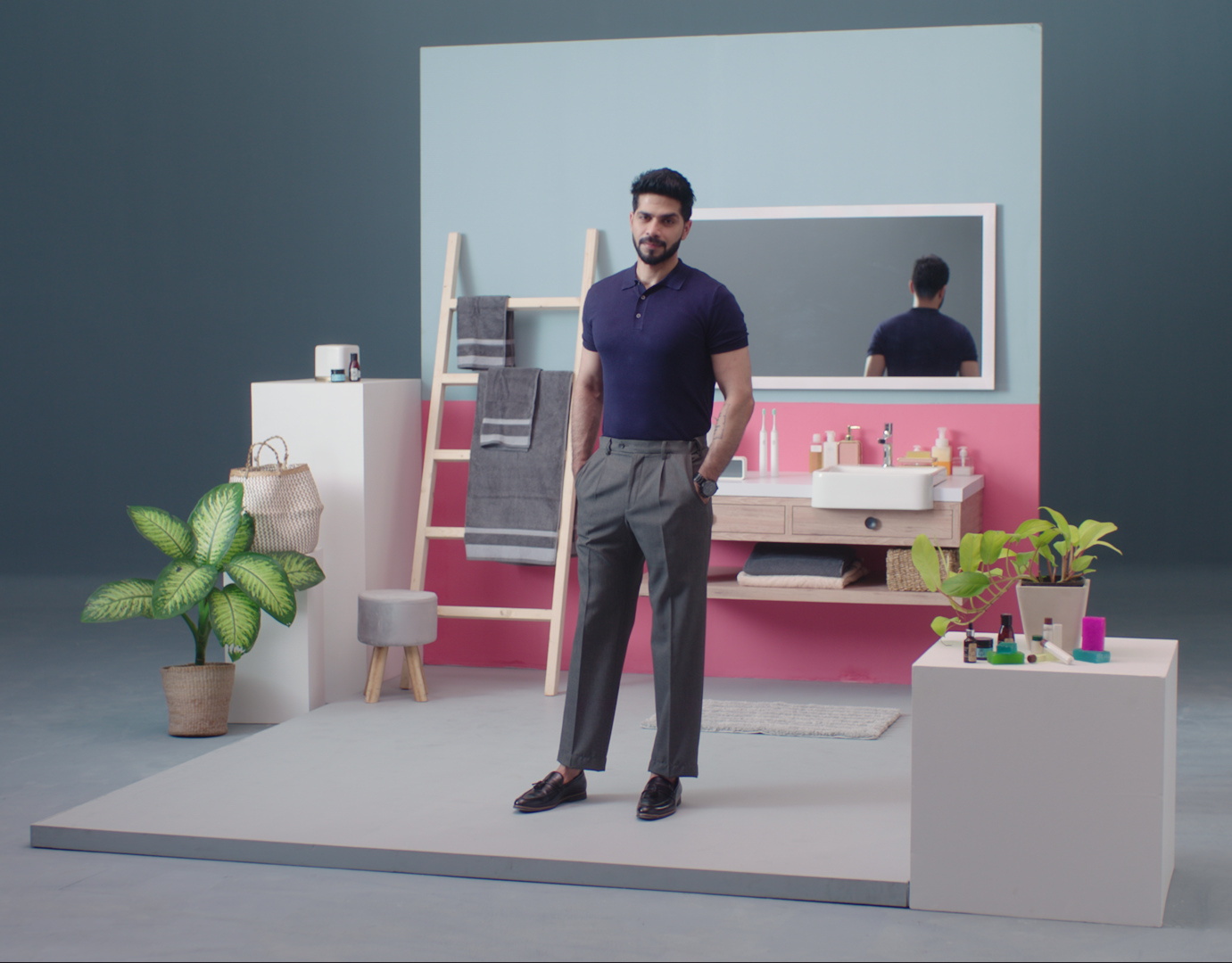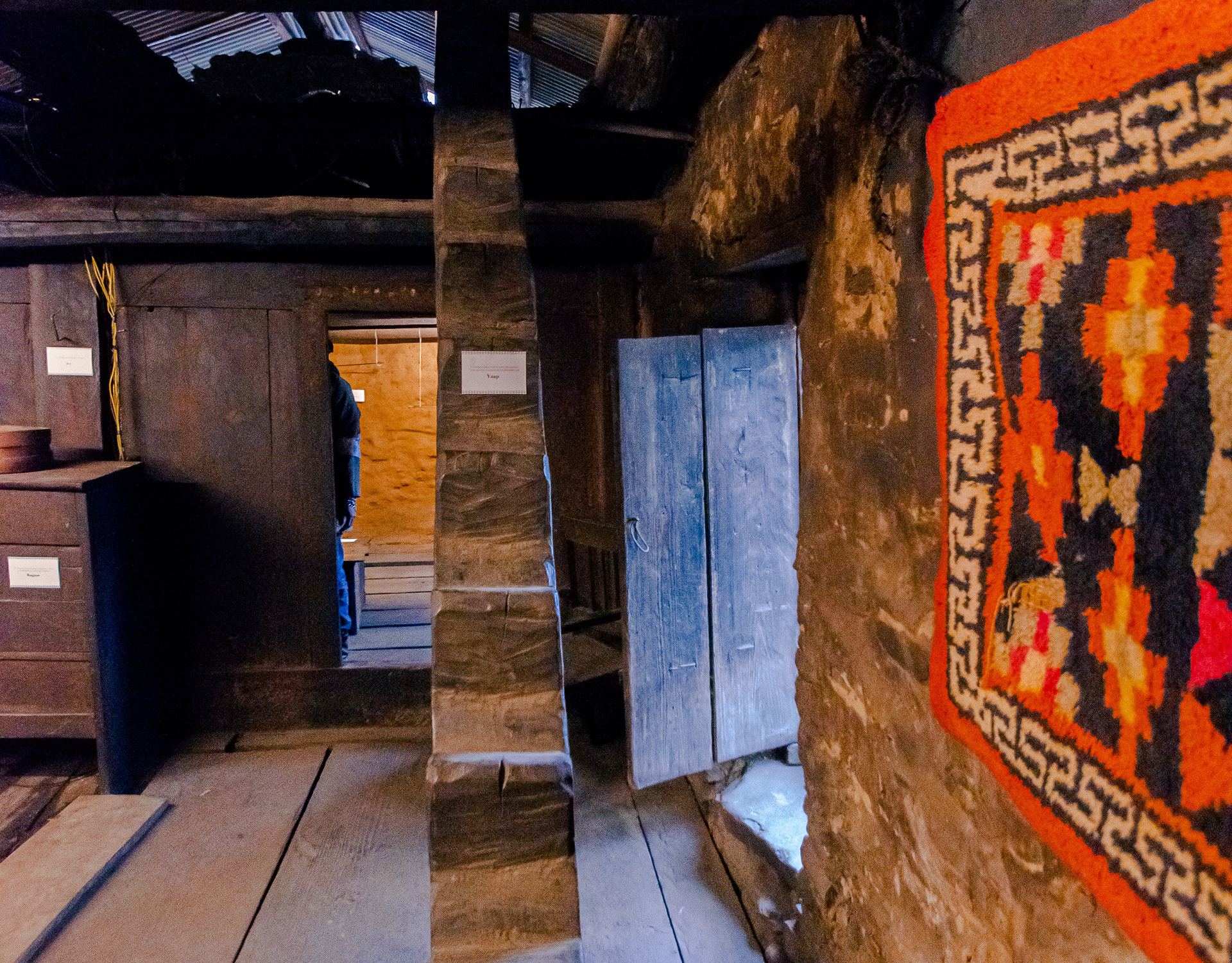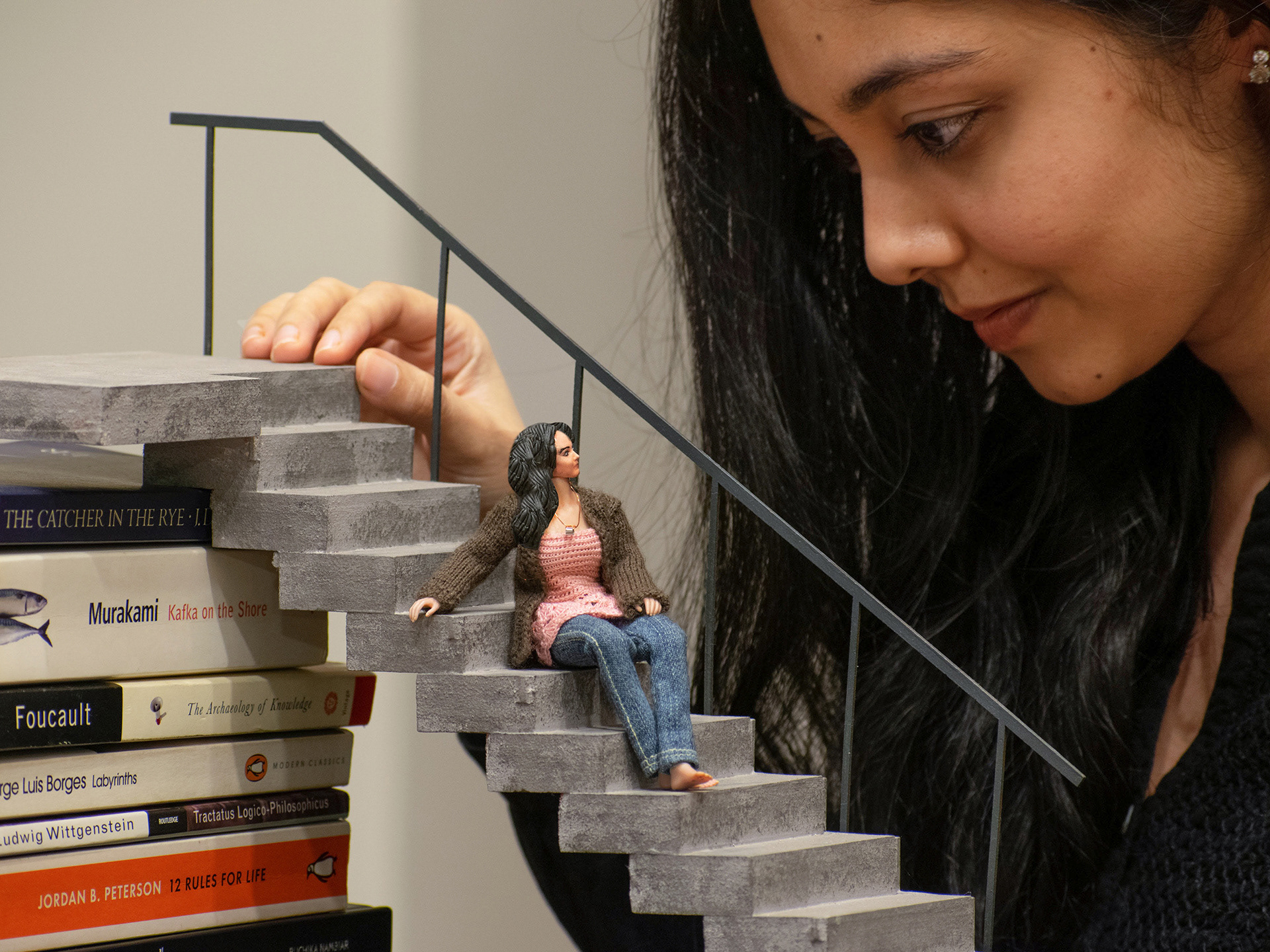Quicksand Studio: Jyoti Narayn & Riya Gokhura
Production:
Nepathya: Vishwas Kashyap
Graphic Design:
Vivan Kamath
Exhibition Design:
Studio Slip: Adnan Peer Mohammed, Arya Dave, Kamini Rao
Notes on Madness
Notes on Madness
Notes on Madness is an attempt to take stories of serious mental illness from medical case files found in the National Institute of Mental Health and Neurosciences (NIMHANS) archives (1920-1970), far beyond the shelves of academia and research, directly into conversation with communities at large. The exhibition puts together stories and artefacts that illustrate individual histories of serious mental illness, and what one can learn from it in today’s time. g truly special to offer this year. "Notes on Madness," has been curated by Unbox Collective and Quicksand and designed in collaboration with Kamini Rao and Adnan Peer Mohammed of Studio Slip. This exhibition is funded by the Wellcome Trust as part of the Mindscapes program.
